Introduction
Crystal sugar ribs, or bingtang paigu, are a beloved Chinese dish that marries the rich, savory flavors of tender pork ribs with the delicate sweetness of caramelized rock sugar. This dish, often featured at family gatherings and festive banquets, has gained international acclaim for its balance of textures and tastes. The ribs are first braised until succulent, then glazed with a glossy, amber-hued sauce that clings to the meat like molten candy. This article delves into the art of preparing crystal sugar ribs, exploring traditional techniques, regional variations, and modern adaptations to suit every kitchen. Whether you’re a novice cook or a seasoned chef, this guide will equip you with the knowledge to create a showstopping dish that tantalizes the taste buds and impresses even the most discerning diners.
The Essence of Crystal Sugar Ribs
At its core, crystal sugar ribs is a study in contrasts. The dish hinges on the Maillard reaction—a chemical process that occurs when sugar and protein-rich ingredients are heated, creating complex flavors and a lustrous finish. The ribs, typically cut from the pork spare rib or rib tip, are marinated to infuse depth before being seared or braised. The star ingredient, rock sugar (bingtang), lends a clean sweetness without the cloying aftertaste of refined sugar. When melted, it transforms into a fragrant caramel that coats the ribs, yielding a bittersweet glaze that dances on the palate.
Ingredients: Building the Flavor Foundation
To recreate this dish authentically, gather the following ingredients:
- 2 lbs (900g) pork spare ribs, cut into 2-inch segments
- 1/2 cup (100g) rock sugar (or substitute with 1/3 cup brown sugar)
- 3 tbsp soy sauce (preferably a mix of light and dark for complexity)
- 2 tbsp black vinegar (or Chinese Chinkiang vinegar for acidity)
- 1 tbsp Shaoxing wine (or dry sherry)
- 4 garlic cloves, minced
- 1-inch ginger, sliced
- 2 star anise pods
- 1 cinnamon stick
- 3 cups water (or low-sodium chicken broth for richness)
- 2 tbsp vegetable oil
- 1 tsp sesame oil (optional, for garnish)
- 1 tbsp cornstarch (mixed with water for thickening, if desired)
Optional additions:
- 1 tbsp fermented bean paste (doubanjiang) for umami
- 1/4 tsp Sichuan peppercorns for a tingly kick
- 1/2 red bell pepper, diced, for color
Cooking Methods: From Stovetop to Oven
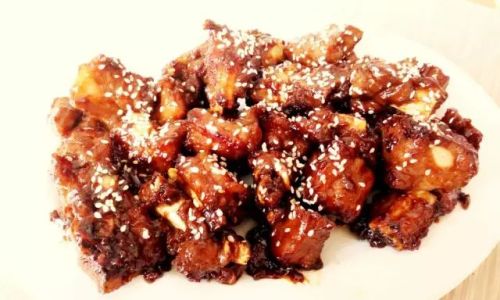
Traditional Stovetop Braising
Step 1: Parboil the Ribs
Fill a large pot with water, add the ribs, and bring to a boil. Simmer for 5 minutes to remove impurities, then drain and rinse under cold water. This step ensures a cleaner-tasting dish.
Step 2: Caramelize the Sugar
Heat 1 tbsp oil in a wok or deep skillet over medium-low heat. Add the rock sugar and stir continuously until it melts into a golden-brown syrup. Avoid high heat to prevent burning.
Step 3: Sear the Ribs
Increase the heat to medium-high. Add the ribs and stir to coat them in the caramel. Sear until lightly browned, about 3-4 minutes.
Step 4: Aromatics and Braising Liquid
Push the ribs to one side and add the remaining oil. Sauté garlic, ginger, star anise, and cinnamon until fragrant. Deglaze with Shaoxing wine, scraping up any browned bits.
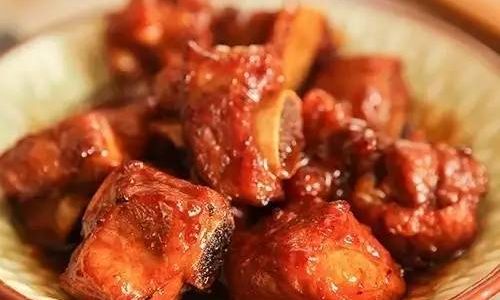
Step 5: Simmer to Perfection
Stir in soy sauce, vinegar, and water. Bring to a boil, then reduce heat to low. Cover and simmer for 45-60 minutes, or until the meat is tender. For a thicker sauce, remove the lid in the final 15 minutes.
Oven-Baked Variation
Preheat the oven to 350°F (175°C).
Follow Steps 1-3 above, then transfer the ribs and caramel mixture to a baking dish. Add remaining ingredients, cover tightly with foil, and bake for 1.5 hours. Remove foil, increase heat to 400°F (200°C), and bake an additional 15 minutes to caramelize the sauce.
Slow Cooker Convenience
After parboiling and searing the ribs, place them in a slow cooker with all ingredients except cornstarch. Cook on low for 6-8 hours or high for 3-4 hours. Thicken the sauce with cornstarch slurry during the last 30 minutes.
Mastering the Caramel: Tips for Success
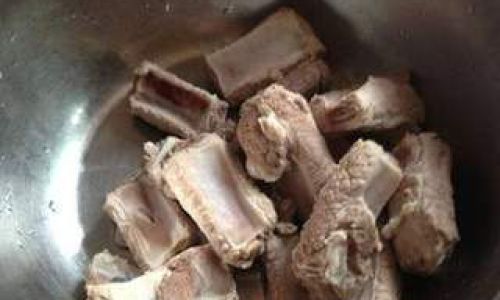
- Temperature Control: Caramelizing sugar requires patience. Use medium-low heat and constant stirring to avoid bitterness.
- Substitutions: If rock sugar is unavailable, brown sugar or honey can work, but adjust quantities to prevent over-sweetening.
- Glaze Consistency: For a sticky finish, reduce the sauce until it coats the back of a spoon. Add a splash of vinegar if the glaze becomes too thick.
Regional Adaptations: Exploring Cultural Nuances
- Shanghai-Style: Emphasizes sweetness with extra rock sugar and a splash of rice wine.
- Sichuan Twist: Incorporates doubanjiang and Sichuan peppercorns for a spicy-sweet profile.
- Cantonese Elegance: Uses oyster sauce and a touch of hoisin for umami depth.
Health-Conscious Modifications
- Low-Sugar Option: Replace half the rock sugar with erythritol or monk fruit sweetener.
- Gluten-Free: Substitute soy sauce with tamari or coconut aminos.
- Vegan Alternative: Use seitan or king oyster mushroom stems, marinated in smoked paprika and liquid smoke.
Serving Suggestions: Elevating the Presentation
- Plating: Arrange ribs over a bed of jasmine rice or stir-fried bok choy. Drizzle with sesame oil and garnish with toasted sesame seeds.
- Pairings: Serve with pickled daikon radish to cut through the richness, or pair with a crisp Riesling wine.
- Feast-Worthy Spread: Include spring rolls, mapo tofu, and steamed buns for a Chinese New Year feast.
Troubleshooting Common Pitfalls
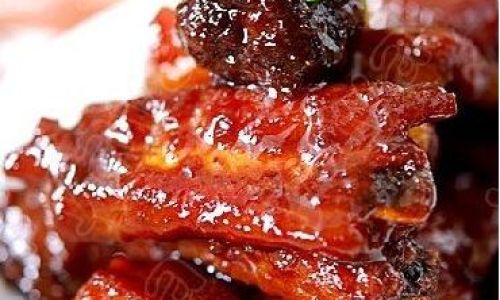
- Burnt Sugar: If the caramel turns black, discard and start fresh. Use a heavier-bottomed pan for better heat distribution.
- Tough Meat: Overcooking ribs can render them dry. Ensure the internal temperature reaches 190°F (88°C) for fall-off-the-bone tenderness.
- Bland Flavor: Marinate ribs overnight in a mixture of soy sauce, garlic, and ginger before cooking.
The Science Behind the Sweetness
Rock sugar, or bingtang, is less processed than granulated sugar, retaining minerals like calcium and iron. Its larger crystals melt slower, allowing for precise caramelization without bitterness. The vinegar in the recipe not only balances sweetness but also tenderizes the meat by breaking down collagen.
Conclusion: A Dish to Savor
Crystal sugar ribs are more than a meal—they’re a celebration of culinary craftsmanship. By mastering the interplay of sweet, savory, and umami, you’ll create a dish that resonates with comfort and sophistication. Experiment with regional spices, adjust the sweetness to your liking, and share this timeless recipe with those you cherish. Whether served at a bustling family dinner or a quiet gathering, these ribs are sure to leave an indelible impression. So, don your apron, gather your ingredients, and embark on a journey to recreate a piece of culinary history—one succulent, glistening rib at a time.
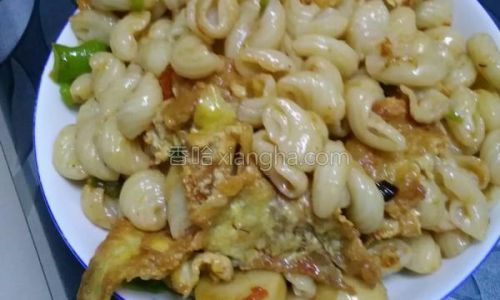

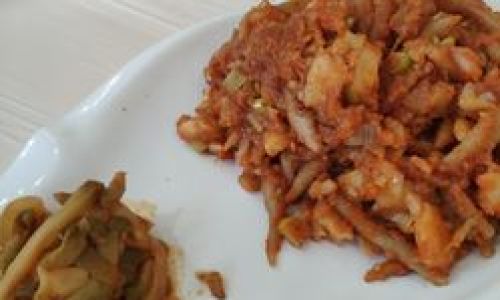
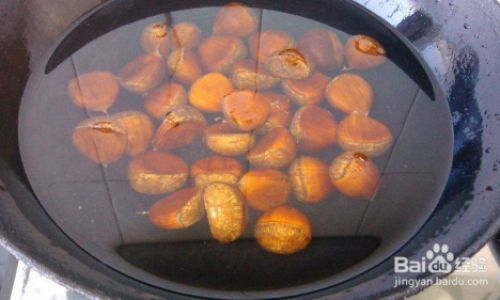
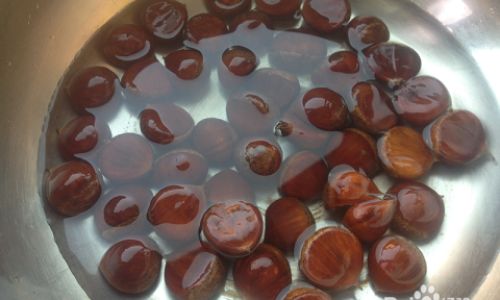
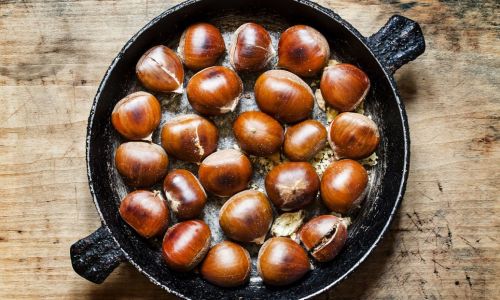
0 comments